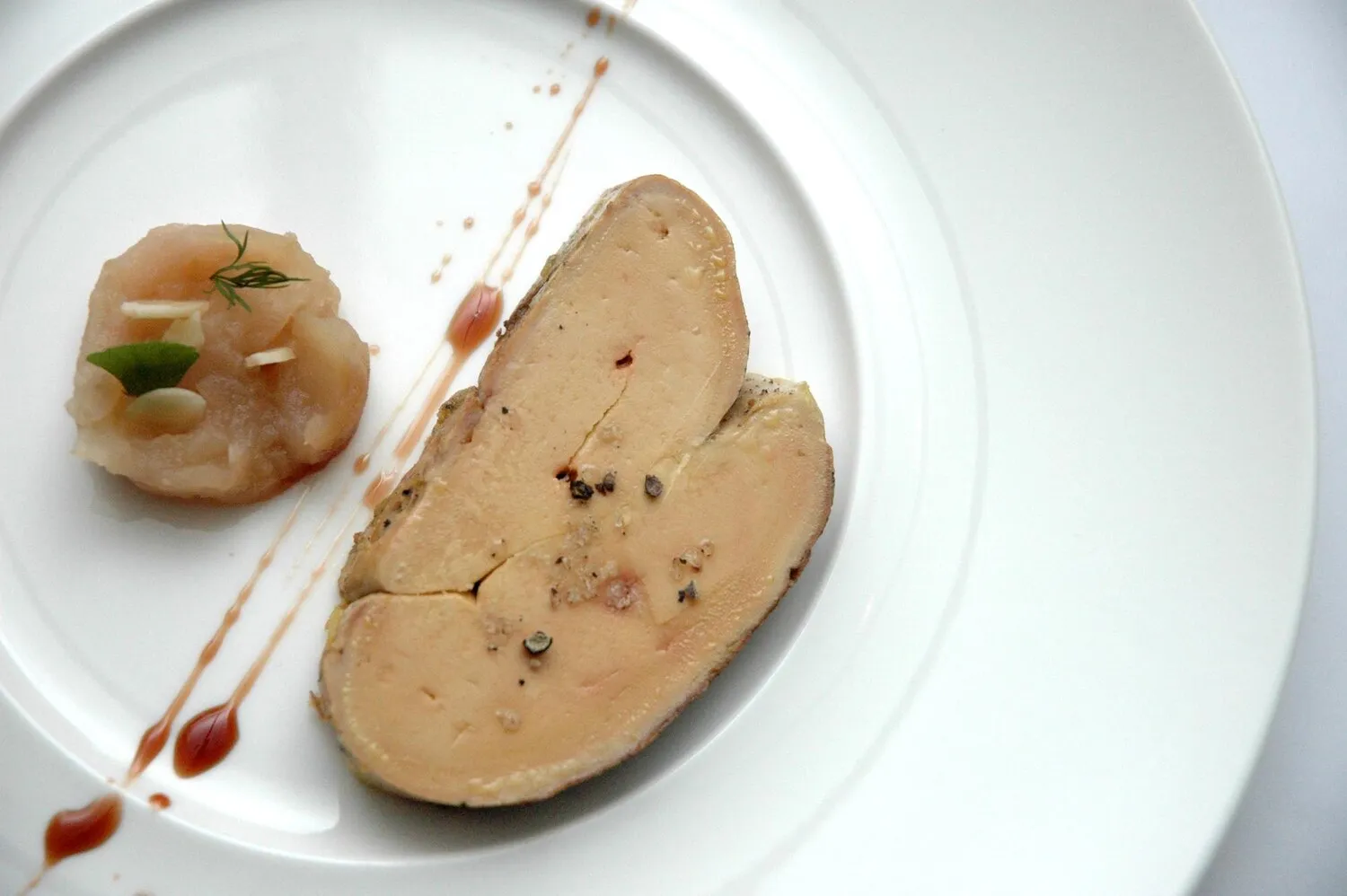
Côte de boeuf
According to online reviews, the Côte de boeuf is a popular choice and is often mentioned as a highlight of the dining experience.
Nutrition Facts
* The % Daily Value (DV) tells you how much a nutrient in a serving of food contributes to a daily diet. 2,000 calories a day is used for general nutrition advice.
Rooftop Restaurant 16th
Côte de Boeuf, meaning 'beef rib', is a classic French cut that has likely been enjoyed for centuries. Its history is intertwined with French butchery traditions, emphasizing high-quality beef and simple, flavorful preparations. The dish represents a focus on showcasing the natural taste of the meat rather than elaborate sauces or complicated cooking methods.
Côte de Boeuf is often associated with celebratory meals and special occasions in French culture. It signifies indulgence and a shared dining experience.
Sharing and Communal Dining
Côte de Boeuf is typically a large cut, making it ideal for sharing among a group, promoting a convivial and communal dining experience.
Emphasis on Quality Ingredients
The dish highlights the importance of high-quality beef, reflecting the French culinary appreciation for fresh, locally sourced ingredients.
Simplicity in Preparation
While impressive in presentation, the preparation is often simple, showcasing the French culinary philosophy of letting quality ingredients speak for themselves.
Côte de Boeuf is known for its rich, beefy flavor, enhanced by the bone-in presentation which imparts extra depth. Seasoning is usually simple, allowing the quality of the beef to shine.
The primary flavor is a robust, savory beef taste with a subtle richness from the marbling of fat within the ribeye muscle. The bone adds a deeper, almost nutty flavor during cooking. Common seasonings include salt, pepper, and occasionally herbs like thyme or rosemary. The sear on the outside provides a pleasant textural contrast and caramelized flavors, while the interior remains tender and juicy.
Dry-Aging
Dry-aging the beef for several weeks can intensify its flavor and tenderize the meat.
Proper Searing
Searing the meat at high heat creates a flavorful crust and locks in juices. Use a heavy-bottomed pan or grill.
Temperature Control
Using a meat thermometer is crucial to achieving the desired level of doneness. Aim for medium-rare to medium for optimal flavor and tenderness.
Resting the Meat
Allowing the meat to rest after cooking allows the juices to redistribute, resulting in a more tender and flavorful result.
Explore additional French dishes and restaurants
Explore FrenchDiscover top dining spots and culinary experiences in Schiedam.
Explore SchiedamLearn more about the food culture, restaurant scene, and culinary heritage of Netherlands.
Explore Netherlands
